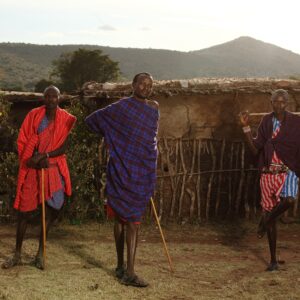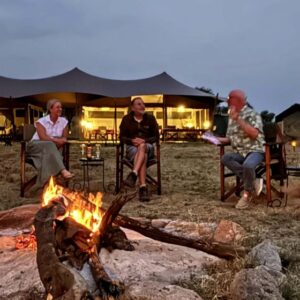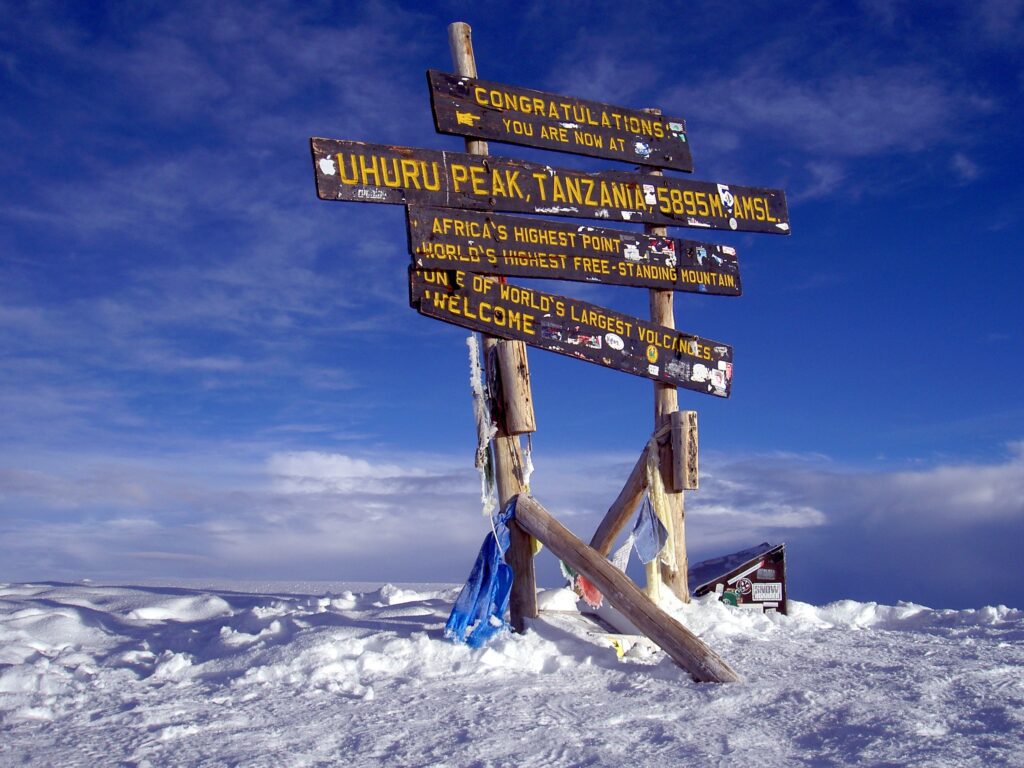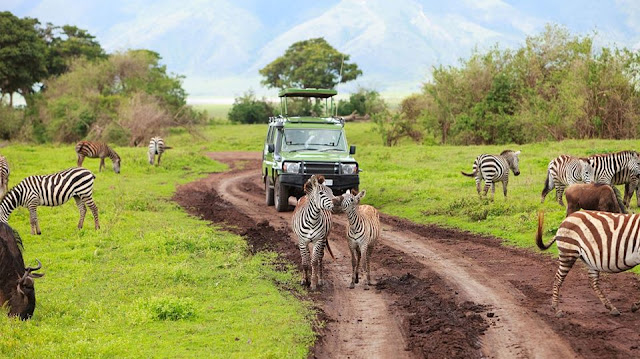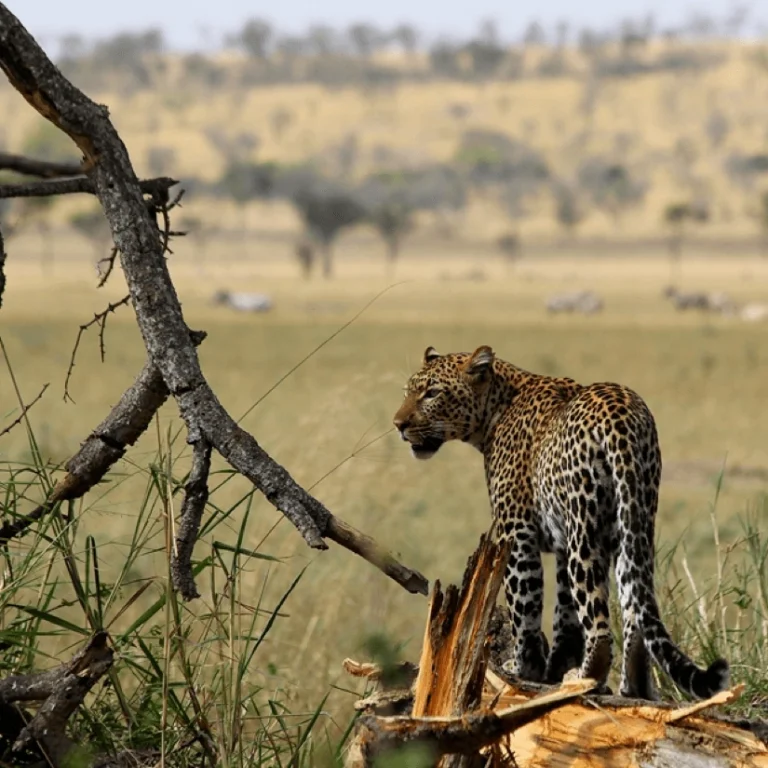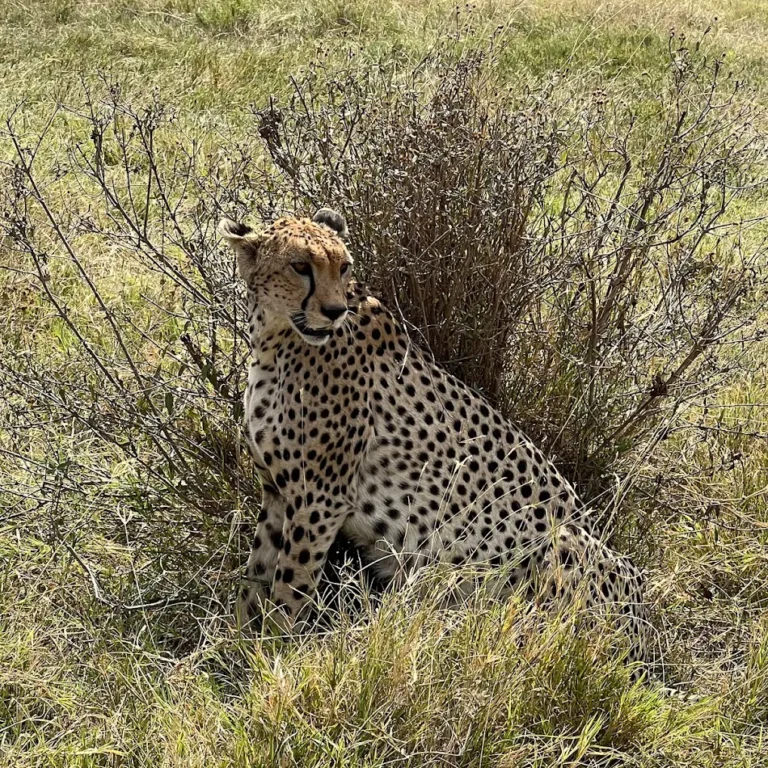Mount Kilimanjaro, located in Tanzania, is one of the most iconic and sought-after destinations for trekkers worldwide important things to know before Climbing Kilimanjaro. Reaching 5,895 meters (19,341 feet) above sea level, it’s the tallest mountain in Africa and a prominent attraction for climbers of all levels. However, before embarking on this extraordinary adventure, there are key aspects every climber must understand to ensure a safe and successful journey with best Mount Kilimanjaro climbing tour operators.
In this guide, we will cover the 10 essential things to know before climbing Kilimanjaro, providing comprehensive insights to help you prepare for your expedition. Whether you’re a seasoned mountaineer or a first-time trekker, knowing these crucial points will enhance your experience.
1. Understanding the Different Routes on Kilimanjaro
Kilimanjaro offers several climbing routes, each with its own unique features, difficulty levels, and scenic views. It is vital to choose the route that best suits your fitness level, time constraints, and preferences.
Marangu Route: Often referred to as the “Coca-Cola” route, it’s the oldest and most popular. The path well-defined and has hut accommodations. Making it the most comfortable.
Machame Route: Known for its stunning scenery, this route is more challenging and has camping accommodations. Recommended hiking experience.
Lemosho Route: This is a longer and less crowded option, with a more gradual ascent. It offers beautiful views and higher chances of summit success.
Rongai Route: Starting from the north, it offers a less trafficked experience, making it ideal for climbers seeking solitude.
Umbwe Route: One of the most difficult and steepest routes, it’s suitable only for experienced climbers.
Choosing the right route is essential to ensure you have a safe and enjoyable climb. If you’re new to high-altitude trekking, it’s advisable to select a longer route with a gradual ascent to give your body time to acclimatize.
2. Altitude Sickness and Acclimatization
At nearly 6,000 meters, altitude sickness is a serious risk for anyone attempting to summit Kilimanjaro. The symptoms can range from mild headaches and dizziness to life-threatening conditions like high-altitude pulmonary edema (HAPE) and high-altitude cerebral edema (HACE).
To reduce the risk of altitude sickness, climbers must allow their bodies to acclimatize to the changing altitude. Most routes include extra days to rest and acclimate. It is vital to ascend slowly, following the “climb high, sleep low” principle, to give your body time to adjust to the reduced oxygen levels.
3. Preparing Physically for the Trek
Climbing Kilimanjaro is a demanding physical challenge, even though it does not require technical mountaineering skills. Training is necessary to build endurance and strength. Focus on cardiovascular fitness, as well as leg strength, balance, and core stability.
Cardio workouts: Hiking, running, cycling, and swimming are all excellent ways to build stamina.
Strength training: Focus on exercises like squats, lunges, and step-ups to strengthen your legs.
Hiking with weight: Train with a backpack loaded with weight to simulate the load you’ll carry on the trek.
Stair climbing: Incorporate stair climbing into your routine to simulate the altitude gains and steep inclines.
Recommended to begin training several months before your climb to give yourself ample time to build up your fitness.
4. Packing the Right Gear
Packing the right gear is essential for a comfortable and safe climb important things to know before Climbing Kilimanjaro. Weather on Kilimanjaro can change rapidly. And climbers should be prepared for everything from tropical heat to freezing temperatures. Here’s a comprehensive packing list:
Clothing: Layered clothing is key. You’ll need a moisture-wicking base layer, an insulating middle layer (fleece or down), and a waterproof outer layer.
Footwear: Sturdy, high-quality hiking boots with ankle support are a must. Don’t forget thick wool socks and gaiters to keep debris out.
Sleeping Bag: Choose a sleeping bag rated for sub-zero temperatures (around -10°C/14°F).
Backpack: A comfortable daypack (30-40L) for carrying essentials like water, snacks, and a jacket.
Water: Bring a hydration system and water bottles. Dehydration can be a serious issue on Kilimanjaro, so it’s important to drink regularly.
Sun Protection: Sunscreen, sunglasses, and a wide-brimmed hat are necessary for protection against sunburn at high altitudes.
Headlamp: A reliable headlamp is essential for early morning starts or night-time bathroom trips.
Ensuring that you have all the right equipment will help you stay comfortable and safe throughout your climb.
5. Mental Preparation for Kilimanjaro
Climbing Kilimanjaro isn’t just a physical challenge; it’s a mental one as well. The long days, physical exertion, and unpredictable weather can take a toll on your mental resilience. It’s important to stay motivated, especially when facing difficult conditions.
Stay positive: Keeping a positive mindset, even when the going gets tough, is key to pushing through challenging moments.
Set realistic goals: Break the climb into smaller, achievable goals, such as reaching the next camp or reaching a certain altitude.
Visualize success: Imagine reaching the summit and the reward of standing atop Africa’s highest peak.
Know your limits: Listen to your body, and don’t hesitate to turn back if you feel that your health is at risk.
6. Budgeting for the Kilimanjaro Climb
Climbing Kilimanjaro involves significant expenses important things to know before Climbing Kilimanjaro. Costs can vary depending on the route, duration of the climb, and level of service, but a typical climb may cost between $1,950 and $4,000. These costs generally cover the permits, guides, porters, food, and accommodation.
Keep in mind the following:
Climbing permits: These are mandatory and must be paid directly to the Tanzanian government.
Tipping: Guides, porters, and cooks expect tips at the end of the trek, which should be factored into your budget.
Equipment rental: If you don’t have specialized gear, you’ll need to rent some items, such as trekking poles and sleeping bags.
While the cost can seem high, it’s important to invest in a reputable trekking company to ensure your safety and comfort.
7. The Role of Porters and Guides
Guides and porters play a critical role in helping you succeed on Kilimanjaro. They carry the bulk of the equipment, set up camps, prepare meals, and ensure your safety throughout the climb.
Guides: These are experienced professionals who understand the mountain and its challenges important things to know before Climbing Kilimanjaro. They are trained in first aid and are responsible for leading climbers safely to the summit.
Porters: Porters carry your heavy gear, including tents, cooking supplies, and food. Their load is regulated to ensure that they are not overburdened.
It’s essential to choose a company that treats its staff fairly, providing proper wages and equipment, as this is an important aspect of responsible tourism.
8. Dealing with the Weather on Kilimanjaro
Kilimanjaro’s weather is unpredictable and can change dramatically during the course of your climb. Climbers should be prepared for:
Tropical temperatures at the base, where temperatures can reach 30°C (86°F).
Cold conditions at higher altitudes, especially after the summit night, where temperatures can drop well below freezing.
Rain and snow: Afternoon thunderstorms are common at lower elevations, while snow and ice may be encountered near the summit.
To combat these varying weather conditions, pack appropriately and adjust your clothing as needed throughout the climb.
9. The Summit Push
The final push to the summit is the most challenging part of the trek important things to know before Climbing Kilimanjaro. Climbers usually begin the ascent at night to reach the summit by sunrise. This means a long, exhausting night hike, often in freezing temperatures, to reach the crater rim.
Prepare for altitude: The summit push is physically demanding due to the high altitude, so it’s important to pace yourself and take regular breaks.
Wear warm layers: It can be extremely cold, and the wind chill factor makes it feel even colder, so ensure you have sufficient insulation.
Reaching the summit is an unforgettable experience, but it requires determination and mental toughness.
10. Post-Climb Recovery
After successfully summiting Kilimanjaro, recovery is key to prevent injuries and allow your body to readjust to lower altitudes important things to know before Climbing Kilimanjaro. Many climbers experience fatigue, soreness, and dehydration post-climb, so it’s essential to rest and rehydrate properly.
Hydrate: Drink plenty of fluids, especially water and electrolyte-rich drinks, to replenish lost minerals.
Stretching: Stretching helps to alleviate muscle soreness and improve flexibility after days of hiking.
Additionally, take time to rest and relax before traveling to other destinations or heading back home.
Conclusion: Final thought
Climbing Mount Kilimanjaro is a monumental achievement, and thorough preparation is key to ensuring a safe and rewarding experience. Understanding the routes, training physically, choosing the right gear, and being mentally prepared for the challenges ahead will help you conquer Africa’s tallest peak with confidence.
5 tips from past trekkers for climbing Mount Kilimanjaro
Take it slow: Ascend gradually to allow your body to acclimatize and reduce the risk of altitude sickness.
Stay hydrated: Drink plenty of water throughout the climb to prevent dehydration.
Layer up: Prepare for fluctuating temperatures by wearing layered clothing.
Mind your feet: Wear well-fitted boots to avoid blisters.
Mental toughness: Stay positive and focused, especially during the challenging summit push.
What is it like to climb mount kilimanjaro?
Climbing Mount Kilimanjaro is a physically demanding trek that involves progressively increasing altitude over several days, with the most challenging part being the summit night due to extreme cold, wind, and thin air, making it a mentally and physically taxing experience, but also incredibly rewarding for reaching the top of Africa; while not considered technically difficult, proper preparation and acclimatization are crucial for success.
How dangerous is climbing mount kilimanjaro?
Climbing Mount Kilimanjaro is considered dangerous, but it’s relatively safe compared to other mountains of its height: So, Is It Dangerous to Climb Kilimanjaro? If you prepare properly, do your research, and listen to your guide, then climbing Kilimanjaro shouldn’t be too dangerous. The death rate for tourists is very low, at an estimated 10 people a year, and most of these are due to avoidable altitude problems.
Risk of death: The estimated death rate for tourists is around 0.02% to 0.03%, or about 10 people per year. This is much lower than other major mountain chains, like Everest.
Altitude sickness: The main cause of death on Kilimanjaro is altitude sickness, which can occur in anyone, even experienced climbers. Symptoms include headache, nausea, vomiting, and difficulty sleeping. Descending to a lower altitude can help.
Other risks: Other risks include rockfall, accidents, and inclement weather. Rockfall is more frequent in some areas, like the Western Breach.
Preparation: To reduce the risk of hazards, you can prepare properly, research the mountain, and listen to your guide. You should also drink plenty of water and eat enough to replace calories burned.
What I wish I knew before climbing Kilimanjaro?
Before climbing Kilimanjaro, you should be aware of the potential for altitude sickness, the importance of proper acclimatization, the need for extensive layering in cold weather, choosing the right route based on your experience, and being prepared for long walking days, even without technical climbing skills; essentially, prioritize your physical fitness, mental preparedness, and quality gear to maximize your chances of reaching the summit.


